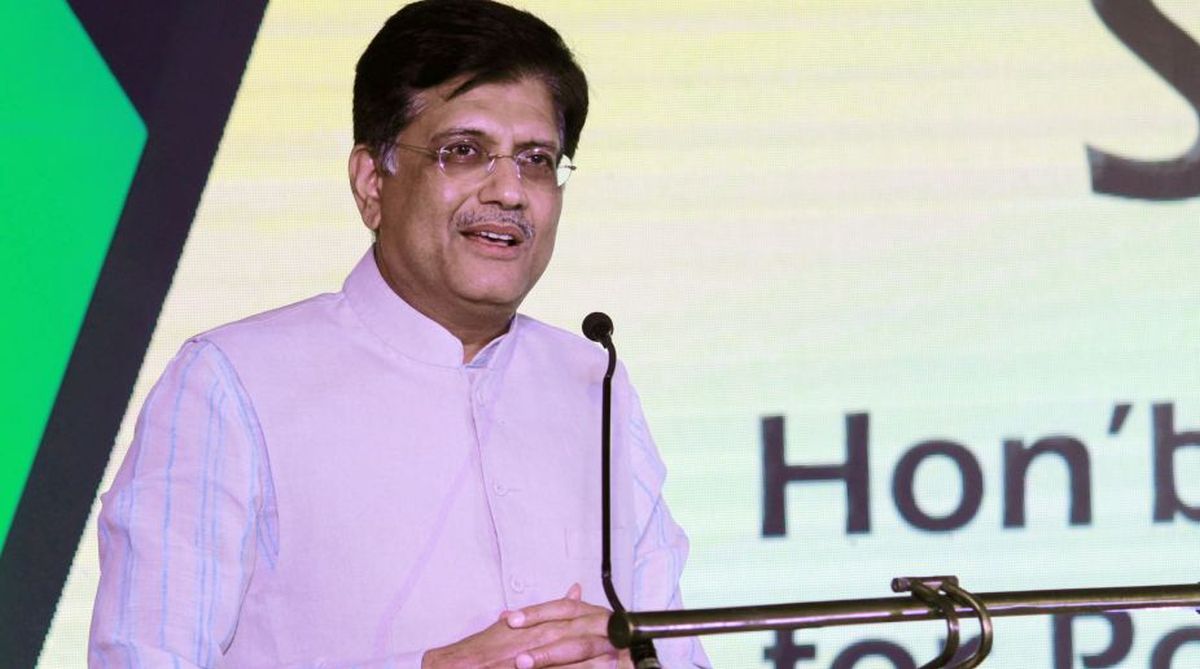When the bullet train was conceptualised in Japan, it was opposed by many, Railway Minister Piyush Goyal said on Thursday amid growing opposition for the Mumbai-Ahmedabad Bullet train project over the high costs involved.
At the second International Conference on Technological Advancement in Railways and Metro Projects 2018, he said the railways will have to look at the best of technology available anywhere in the world and apply it to the country’s infrastructure. “I am glad to share that when the Shinkansen bullet train was first conceptualised in Japan in the 1950s, many Japanese politicians and academicians had strongly opposed it.
“We have a fair share of naysayers in the country. Whenever we speak of introducing new technology or bring up an out-of-the-box idea, there is a lot of resistance,” Goyal said.
The minister narrated the story and journey of technological advancements and those who opposed it. “I am sure when horse carriages were replaced by steam engine trains, there must have been many naysayers,” he said.
Goyal said when the ministry introduced the concept of a high-speed train between Mumbai and Ahmedabad, the idea “wasn’t only about speed but about introducing the latest technology in the country”.
The minister said the need of the hour was to figure out how technological innovations can make the railways safer, more efficient and help expand its capacity at the least cost. He proposed that railways follow the convoy system in freight train movement, which, he said, was successfully tried in the East Central Railway zone. “Why do freight and passenger trains have to intertwine with each other, reducing speeds and clogging the network? Last week, we finally tried a convoy concept of freight trains.
“Forty eight trains in this convoy were able to run at higher speeds due to lack of interference from passenger trains. This concept will increase efficiency and revenues for the railway,” Goyal said.











